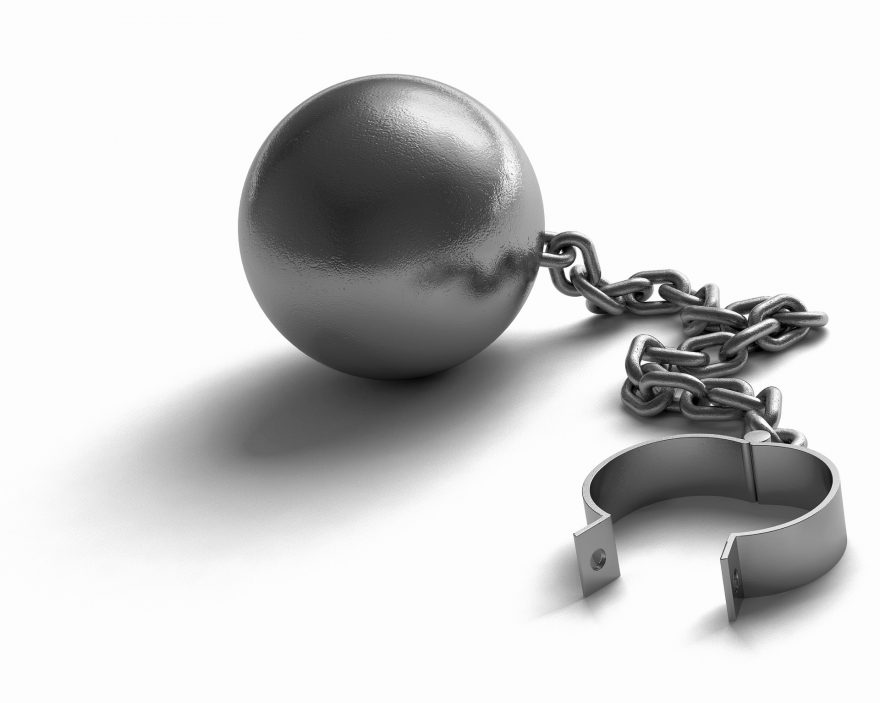In our last blog Improving workplace productivity, step 1: Recognising interference we looked at the different constraints within the workplace that stop individuals and teams being as productive as they can be.
We talked about how this interference can be either organisational or self-imposed, and discussed the importance of recognising interference as the first step to improving productivity.
In this blog, we’ll take a look at how important it is not just to identify these barriers, but to understand just how interference affects productivity.
Regardless of whether the constraints to productivity are organisational or self-imposed, all forms of interference have the same effect. Here are just some examples of how interference affects productivity:
- It slows down our rate of work, which causes frustration
- It causes us to repeat work tasks and processes, leading to inefficiency and wasted effort
- It creates mistakes, meaning that valuable resources need to be used to rectify the mistakes
- It causes us to avoid doing things, which means that potential deadlines can be missed and work is not completed on time
- It creates stress, which can ultimately result in absenteeism
- It causes a feeling of isolation and anxiety about doing the right thing, which means that we don’t achieve our best result
- It can lead to poor decision-making, lack of clarity and ambiguity, all of which means that we don’t actually complete the work required to the standard that was asked of us
- It causes tensions and protective behaviour by individuals within teams, leading to disagreements or arguments, and people avoiding responsibility and not taking ownership
- It creates the need for more supervision or management of tasks and people, which means that the amount of management time and resource increases
- It can become a talking point among individuals and teams, rapidly turning into moaning, fault finding and finger pointing – during which time less work is actually being done
- It can create a perception of unfairness when a person or team doesn’t seem to ‘suffer from’ the same interferences as another person or team, which in turn creates gossip, rumour and a culture of blame
Thinking Focus works with organisations to identify and remove barriers to productivity, helping teams and business units achieve their potential. Read more here about our approach to unlocking productivity.


